“With so many drones on the frontline, someone must be producing them, right?” Kyrylo Budanov, Ukrainian spy chief
Drones have become pivotal in the Ukrainian war, with both sides rapidly adapting to evolving technologies. Initially, Ukraine had the upper hand with Turkish-made Bayraktar drones, which wreaked havoc on Russian forces. However, Russia quickly adjusted its tactics and bolstered its air defenses to counter these threats.
Ukraine then shifted to improvised quadrocopter Mavic drones, known as “wedding drones,” which acted as drone bombers, providing Ukrainian troops with a form of “pocket artillery.” Yet Russia flooded the frontlines with electronic warfare systems to suppress these smaller drones.
Now, long-range drones, enabling Ukraine to strike deep into Russian territory, and sea drones for attacking ships in the Black Sea, are at the forefront. Ukraine had to develop these advanced systems independently, as allies like the US declined to provide long-range missiles.
“Ukraine is a global leader in naval drones. It is the only country in the world with proven combat experience using unmanned combat vehicles, with great success: the Crimean Bridge, Russian oil depots, and warships. The marine drones are exclusively of Ukrainian development and production,” Ukrainian military expert Yevhen Dykyi told Euromaidan Press.
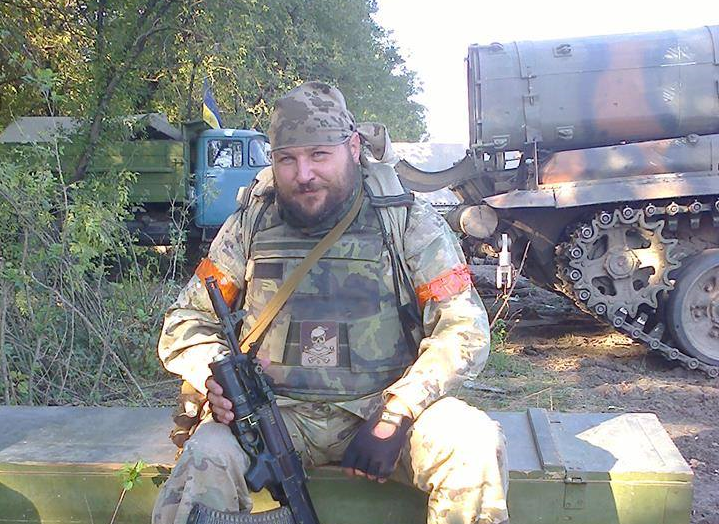
This rapid drone evolution highlights the adaptability of both militaries in the conflict. Ukraine’s agile drone development, from improvised to advanced systems, has been a necessity due to limited external support. Russia has also demonstrated its ability to adjust tactics, but Ukraine’s ongoing drone innovation maintains a crucial asymmetric advantage.
Looking ahead, drones and counter-drone technologies are likely to play a critical role in determining the war’s outcome. Russia’s ability to suppress Ukrainian drones may impact its capacity to sustain offensives, while Ukraine’s long-range drones could continue to strike high-value targets deep within Russian territory.
More broadly, this war offers a glimpse into the future of warfare, where both sides employ interconnected drones for reconnaissance, targeting, and attacks. Rapid adaptation and asymmetric technological advantages may prove decisive as improvised and advanced drones shape an autonomous, AI-enabled battlespace.
Ukrainian drone attacks on Russian targets
According to the BBC, there have been almost 200 suspected drone attacks this year in Russia and in Russian-annexed Crimea.

Perhaps the most striking example occurred with the strike on Pskov airfield, some 700 kilometers from the Ukrainian border. On 29 August, the attack destroyed two of Russia’s roughly one hundred IL-76 heavy transport aircraft and damaged two other planes.
https://twitter.com/i/status/1715004714817888687
“We are working from the territory of Russia,” Kyrylo Budanov, head of Ukrainian Defense Intelligence, said.
Budanov did not specify whether the attack was carried out by intelligence agents or Russian partisans. He also declined to say what kind of drones were used or how many though up to 20 kamikaze drones may have been involved.
On that same night, drones launched attacks on five more Russian regions and the occupied Sevastopol. In Bryansk, unmanned aircraft caused a fire at the Kremniy EL plant, one of Russia’s largest microelectronics enterprises. Russian authorities reported the destruction of drones in Tula, Ryazan, as well as over the Oryol and Kaluga oblasts.
https://twitter.com/i/status/1715005885695529024
That same week, Ukrainians reportedly used their cardboard drones, akin to those produced by the Australian company SYPAQ, to damage a MiG-29 and four Su-30 fighters in Russia’s Kursk Oblast.
“The UAVs have nothing to do with Australia, although, like the PPDS [Precision Payload Delivery System] drone, they do have a special ‘aviation’ cardboard among other radio-transparent materials,” said Ukrainian journalist Yurii Butusov, citing his sources.
A suspected drone attack on 19 August left one of Russia’s flagship Tupolev Tu-22 bombers ablaze at Soltsy-2 airbase, south of St Petersburg.

Even Moscow itself became a target for drone attacks. Its financial district has experienced six strikes. Russia accused Ukraine of attempting to assassinate Vladimir Putin at his Kremlin residence on 3 May 2023, although Ukraine denied involvement.
https://twitter.com/i/status/1653814319958700034
Ukrainian drones are increasingly targeting Moscow’s city center, aiming to instill fear and division among the Russian population. Notably, some of these attacks caused damage to buildings, including those located just a stone’s throw from Russia’s Ministry of Defense.
“Moscow is rapidly getting used to a full-fledged war, which, in turn, will soon finally move to the territory of the ‘authors of the war’ to collect all their debts… More unidentified drones, more collapse, more civil conflicts, more war,” warned Mykhailo Podoliak, an advisor in the Office of the President of Ukraine.
The commander overseeing Moscow’s air defenses, Major General Konstantin Ogienko, was subsequently arrested on allegations of bribery and corruption.
https://twitter.com/i/status/1685489040995328000
The Russian authorities deliberately refrain from activating alarms during drone attacks to prevent causing panic among the people. As a result, each of these strikes catches local residents by surprise.
Drones have targeted Russian oil facilities in the Krasnodar Krai far from the Ukrainian border, including the Tuapsinskiy Refinery in February and the Afipskiy Refinery in May, around 450 km away. More recently, drones struck a fuel reservoir near Sochi Airport in September and a helicopter parking area in Sochi in October, around 550 km from Ukraine.
https://twitter.com/i/status/1704351829092352385
Recurring drone attacks have targeted oil facilities in occupied Crimea. In April, a drone struck a fuel storage tank in Sevastopol, and in July, both an oil depot and Russian military warehouses near Simferopol were hit.
“Ukrainian forces will highly likely prioritize targeting oil refineries, as well as railway infrastructure and wider Russian logistics, to cause maximum disruption,” said Layla Guest, an analyst at Sibylline security consultancy.
Ukraine has expanded its use of naval drones in the summer of 2023 to disrupt Russian positions in the Black Sea and occupied Crimea.
In May, Kyiv confirmed the use of naval drones in attacking the Ivan Khurs Russian reconnaissance ship near the Bosphorus Strait.
In July, Ukrainian forces once again attacked the Kerch Strait Bridge, this time with uncrewed surface vessels (USVs). The USVs blew up a significant portion of the bridge, causing serious disruptions to Russia’s supply logistics.
Exclusive footage of the attack on the Kerch Bridge in July using an experimental naval drone from the Security Service of Ukraine – CNN.
The drone is called Sea Baby. It delivered up to 850 kilograms of explosives to one of the bridge's concrete pillars.
Glory to Ukrainian… pic.twitter.com/vYaZCHUSwV
— Anton Gerashchenko (@Gerashchenko_en) August 16, 2023
On 22 September, the Ukrainian Armed Forces launched a missile strike on the Sevastopol HQ of the Russian Black Sea Fleet. The Russian Defense Ministry reported that the “historic Black Sea Fleet headquarters building was damaged,” with some sources claiming British-made Storm Shadow cruise missiles had been used in the attack. Before the missiles struck the building, the Russians claimed that their air defense system had shot down several drones.
https://twitter.com/i/status/1705449124076638371
This strike came after Ukrainian naval forces successfully carried out a special operation causing serious damage to the Saky airfield in Crimea. Reports show that Ukrainian forces used drones to overwhelm Russian air defenses, then launched Neptune missiles at the intended targets.
Explosions at a military airfield in Russian-occupied Saky, Crimea pic.twitter.com/TqkYHBiqzj
— Michael MacKay (@mhmck) August 9, 2022
On 12 and 13 October, explosions rocked at least three Russian ships, including the patrol ship Pavel Derzhavin, the military ship Buyan-M equipped with cruise missiles, and a tugboat. Sources from the BBC attribute both attacks to Kyiv.
https://twitter.com/i/status/1712778455136231710
Overall, Ukraine’s attacks in the Black Sea have been so successful that the Russian fleet has been forced to resort to guerilla tactics. Russian ships try to briefly venture into open waters, fire their weapons, and flee, but this does not always work.
“The Russian Black Sea Fleet has been cornered in its ports. It barely leaves the harbor in Sevastopol, barricading itself behind booms reminiscent of WWI defenses. The Russians tried hiding in Novorossiysk too, but Ukraine reached them there as well. For now, the only relatively safe area for them is the Sea of Azov, and even that is temporary,” says Dykyi.
Kyrylo Budanov dismisses claims that the new strike capacity could lead to escalation or portray Ukraine as the aggressor. He asserts that his forces adhere to the rules of war, and there have been no civilian casualties in Russia. This outcome reflects Ukraine’s deliberate choice rather than capability constraints.
“No one believes the UK or US were the aggressors in the second World War, although they also bombed the territory of Germany,” he said.
Drone race between Russia and Ukraine
The extensive use of drones by Ukrainian forces has triggered an arms race between Ukraine and Russia. While Ukraine is enhancing its drone technology, Russia is upgrading its air defense systems and electronic warfare capabilities. According to a report from the Royal United Services Institute, Ukraine could potentially be losing up to 10,000 drones each month.
“A small unit can lose up to 20 drones per day. On good days, we can lose one, two, or three drones per day. For example, we had a stockpile of 40 drones. It disappeared in two days, while we had expected it to last a month,” claimed Colonel Oleksandr Pivnenko, commander of the Ukrainian National Guard.
In July 2023, Kyiv announced a tenfold increase in investment in drone technology, from about $108 million in the previous year to over $1 billion in the current year.
“I believe this autumn [2023] there will be a boom in the production of various Ukrainian drones: flying, floating, crawling, etc., and then this will be developing in volumes already,” former Ukrainian Defense Minister, Oleksii Reznikov noted before stepping down.
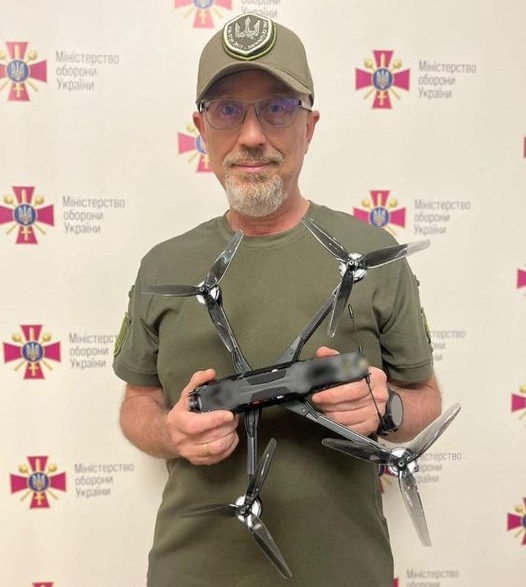
In November 2022, President Volodymyr Zelenskyy initiated the United24 fundraising campaign to procure a fleet of naval drones. The same fundraising platform, in partnership with the Ukrainian General Staff and Ministry of Digital Information, supports the Army of Drones state project.
“We’re supporting the counteroffensive by deploying 1,700 drones to the front lines, including both strike and reconnaissance copters. These ‘birds’ are equipped with AI that will help efficiently identify and subsequently destroy enemy targets,” announced Mykhailo Fedorov, the Ukrainian Minister of Digital Transformation.
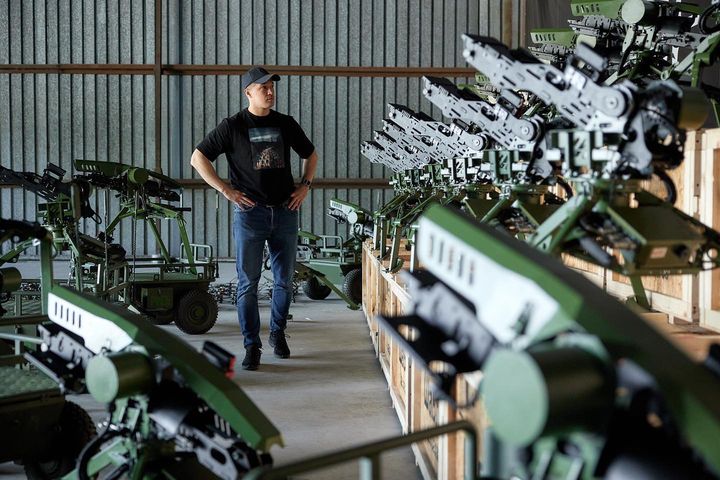
The Ukrainian government is incentivizing the drone industry by providing private companies with increased profit margins for drone production. Kyiv reports the involvement of over 200 Ukrainian companies in drone manufacturing, with more than 40 types of Ukrainian drones passing commissioning and securing state contracts.
Russia, however, has also escalated its drone production. Recent estimates reveal that the Russian military has conducted more than 2,000 drone attacks using Iranian-made Shahed drones. While these drones were originally manufactured in Iran, Russians have since gained the capacity to produce them domestically. Earlier, the US had reported Iranian involvement in setting up a drone factory in Tatarstan, Russia.
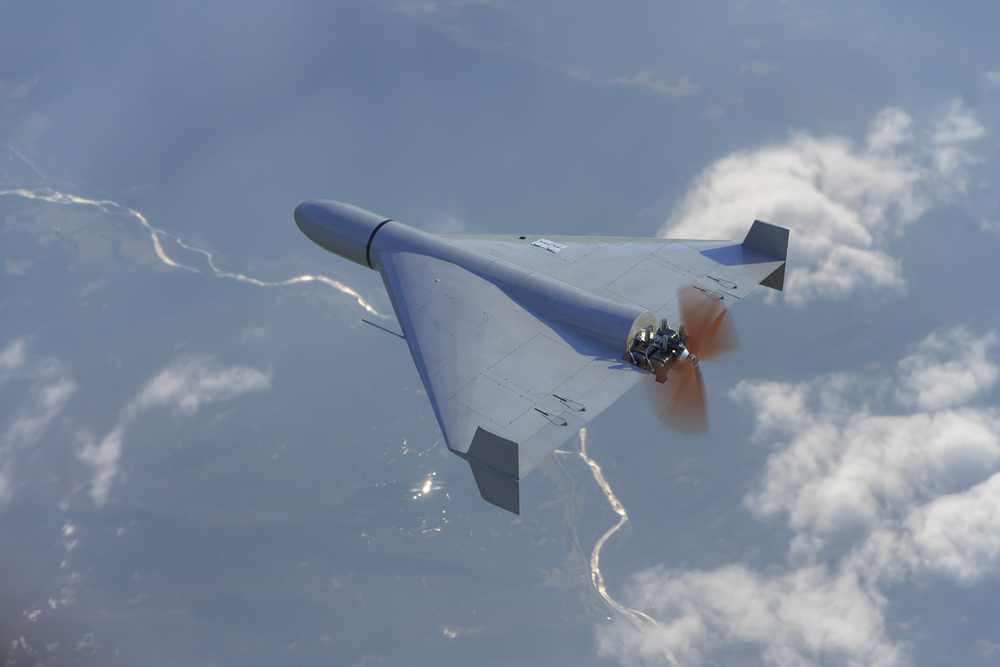
According to experts, the Shahed drones are not impressive in terms of technical characteristics. However, they are relatively cheap, they fly, reach targets, and explode – meaning they meet minimal needs.

According to state-owned Russia-1, ZALA Lancet combat drone production has purportedly increased 50-fold since the full-scale invasion began. Nevertheless, some experts dispute this, citing difficulties in obtaining essential parts and staffing shortages.
Ukrainian empire of drones
The potential for affordable long-range drone strikes has existed since around 2012 but demanded a steep learning curve to overcome. Innovative Ukrainians are bridging this gap, sharing knowledge and establishing companies for scalable solutions, making this technology likely to become a standard feature of modern warfare.
Ukraine’s diverse drone arsenal has enabled it to strike Russian targets deep inside enemy territory. While Kyiv has not officially acknowledged responsibility, analysis reveals three Ukrainian drones hitting targets in Russia, including Moscow, according to the NYT. The number of kamikaze drones entering Russia doubled between May and July compared to the total for all of 2022.
The drones identified by the NYT include the Bober, named after the Ukrainian word for “beaver,” with its unique “push” design that may offer advantages for long-range missions, the UJ-22, and an unnamed model. Ukrainian authorities have closely guarded details about the Bober.

“The push design is probably more amenable for better sensor packages because nothing is obstructing the view from the sensor. This also reduces drag. It makes it easier to fly against resistance like wind and other natural phenomena,” explained Samuel Bendett, an expert of the American Center for Naval Analyses.
Unlike with the Bober, there is some public information about UJ-22. It can fly for six hours at a range of 500 miles, making it able to cover the distance from Ukraine’s border regions to Moscow.

There has been no official public display or mention of the third drone tracked by the NYT, but wreckage of the craft has been seen at four attack locations inside Russia, including near Moscow. Serhiy Prytula, an influential volunteer fund-raiser, hinted at this drone’s existence and seemed to imply that it was used in an attack on a Russian oil depot. Prytula’s foundation has raised approximately $6.8 million to support the development of longer-range drone models.
There are other Ukrainian drones that have garnered media attention. For example, the Rubaka kamikaze drone costs $15,000 to produce per unit and has a range of over 500 kilometers (310 miles). It is meant to be an analogue to Iran’s Shahed-136 loitering munition. What sets the Rubaka apart is its ability to target specific coordinates, unlike most kamikaze drones.

The Leleka-100 is a reconnaissance drone introduced in 2021. It boasts a top speed of 120 kilometers per hour (75 miles per hour) and offers a flight time of nearly three hours, covering a guaranteed range of 100 kilometers (62 miles). Its encrypted video transmission capabilities enhance its effectiveness in mapping Russian positions.

In August 2023, Ukraine introduced its inaugural marine drone, the Magura V5, at the Istanbul International Defense Industry Fair. This versatile drone serves in marine reconnaissance, surveillance, and search-and-rescue missions, featuring an estimated 800-kilometer (500-mile) range and a top speed of 75 kilometers per hour (47 miles per hour). It can carry a payload of up to 320 kilograms (over 700 pounds). The noteworthy aspect of naval drones is that they don’t require a large number; the entire Russian Black Sea fleet consists of approximately fifteen combat vessels.
Ukrainian drones are tested on Russian military equipment captured in significant quantities as trophies.
“Now, at several testing grounds, we can assess the resilience of our new drones against radio interference directly on Russian equipment,” said aviation expert Valeriy Romanenko.
Frontline home workshops
In Ukraine, low-cost DIY First Person View (FPV) drones are highly popular on the battlefield. These drones may lack heavy firepower but can still impact strategic targets, particularly high-value assets like parked aircraft.
Numerous grassroots initiatives contribute to the production of these UAVs. For example, the Port Frankivsk volunteer team in Ivano-Frankivsk specializes in assembling and deploying FPV drones, which are operated using specialized goggles for a first-person view.
“Drones are capable of carrying up to 1.5 kilograms of explosives and flying a distance of up to 8 kilometers without the need for a relay. With its payload, a drone can reach speeds of up to 60 kilometers per hour,” explained Roman Kapiy, co-founder of the Port Frankivsk foundation.

Kapiy explained that none of his team members had prior drone assembly experience, but even a student with soldering skills can do it. They use Chinese components available in the market, with each unit costing about $400. These drones show exceptional precision on the frontlines, infiltrating enemy positions and maneuvering through challenging terrain.
Lyuba Shipovych, founder of the Dignitas Foundation, which supports Ukrainian drone manufacturers, notes that “home workshops” for assembling drones are common along the frontlines.
“We bring manufacturers together, organize conferences and demo days for them. According to [our] estimates, the current production volume of such drones in Ukraine stands at 10-12 thousand per month,” stated Shipovych.

Volunteers note that Chinese components are the most cost-effective and have no alternatives in the market, yet they are also supplied to Russia. Manufacturers prioritize large Russian orders over smaller ones, complicating procurement for Ukrainian volunteers. However, Kyiv asserts that most components are already being manufactured by Ukrainian companies.
“I believe that in a year, Ukraine will have many manufacturers producing components for drones that are just as good as foreign ones – Chinese or American. The only problem is optics and batteries, because we don’t yet produce those domestically,” said Yaroslav Oliynyk, advisor to the Minister of Strategic Industries of Ukraine.

Ukrainian drone menagerie is a drawback, not an asset
However, not everyone believes that the production volume of Ukrainian drones is enough. According to Yuri Kasianov, an officer in the Ukrainian Armed Forces and commander of an attack drone unit, FPV drones essentially act as “pocket artillery.”
“If on average Russia is currently launching about 50 drones per day against Ukraine, then we need to be launching 500. We are not even producing that many in 2-3 months,” said Kasianov.
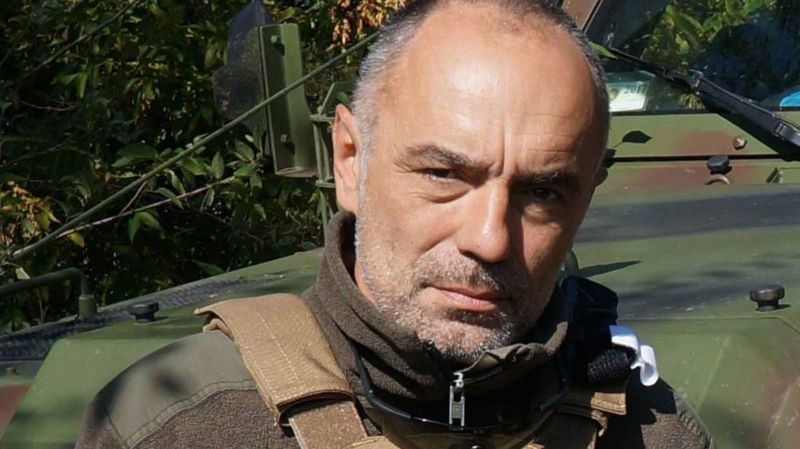
The officer sees Ukraine’s wide array of drone manufacturers and product diversity as a drawback, labeling it a “drone menagerie.” In contrast, Russia has focused on producing just a few drone models. These include the long-range Shahed drone, the reconnaissance Orlan drone, and the Lancet kamikaze drone. Kasianov suggests that Ukraine also needs to streamline its drone production efforts and unify manufacturing.
The Americans followed a similar path on the eve of WWII when they needed a bomber. Amidst numerous models, they selected the Boeing B-17 Flying Fortress in a competition and placed orders with multiple aircraft factories. Eventually, they produced nearly 13,000 of them.
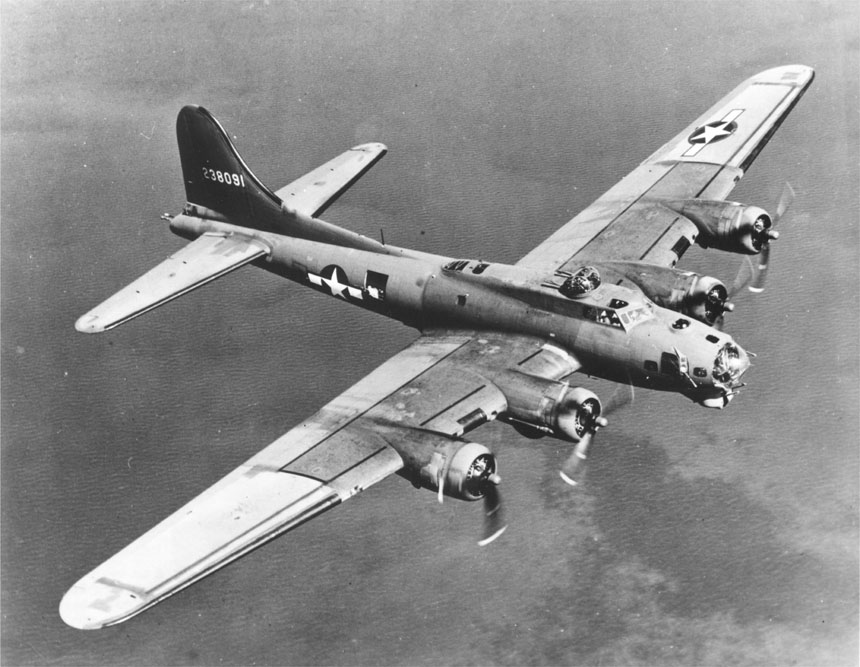
Likewise, it seems an inevitable path for Ukraine to initially offer everything available to the military, then select the most optimal models, and transition to mass production of those selected drones. However, this consolidation is not the current situation. Ukraine continues to utilize a wide variety of drone models from various manufacturers.
“Ukraine has many potential Thomas Edisons and Nikola Teslas, but so far lacks a Henry Ford. This is a problem of management, not technology,” believes Dykyi.
The military expert is convinced that Ukrainian long-range drones, the Bobers, outperform the Shaheds in terms of flight characteristics. However, unlike the Shaheds, the Bobers are not produced in large quantities. Another advantage of Ukrainian drones is their cost-effectiveness compared to Western counterparts. Therefore, Ukraine needs to scale up production.
On the other hand, decentralization and pluralism are intrinsic traits of Ukrainians. “Let a hundred flowers bloom” is really the national approach to almost any problem. Government initiatives like the Army of Drones have trained over ten thousand drone operators in the past year. A decentralized network of engineers, operators, and entrepreneurs collaborates on research, development, distribution, and deployment. Sharing “best practices” for drone use is lowering entry barriers.
What’s next for Ukrainian drones?
Ukrainians are pushing the boundaries of innovation, sharing technical expertise, and enhancing combat drone capabilities. They’re customizing open-source flight control software with advanced algorithms for GPS interference detection, embracing cutting-edge vision-based navigation, and actively developing AI solutions.
In military doctrine, solely defending one’s territory isn’t enough; operations must extend into enemy territory. The West’s reluctance to provide long-range missiles has driven Kyiv to develop long-range drones. However, drones can’t replace missiles due to slower speed and limited payload capacity. Shahed carries 50 kg, Bober only 20 kg, while cruise missiles can hold up to 400 kg of explosives, and the Russian Iskander ballistic missile carries around a ton. Drones work alongside missiles, distracting air defenses and targeting radar systems, enabling successful missile strikes.
FPV drones initially surprised the unprepared Russians but haven’t decisively altered the course of the war. Yet they remain popular among young soldiers, demanding quick reactions. Russia quickly adapted to FPV drones, sparking an arms race.

The high demand and knowledge sharing in Ukraine have led to DIY long-range drone strikes in modern warfare. This trend will likely result in more frequent and successful Ukrainian drone attacks. Russian air defenses may become overwhelmed.
Ukrainian officials, too, have implied that drones will continue attacking targets in Russia.
“The only way to stop this kind of thing is the immediate withdrawal of Russian occupation troops from Ukraine and the restoration of our sovereignty,” said Andrii Yusov, the spokesman of Ukrainian Intelligence.
The drone battle underscores the rapid military adaptation on both sides. Ukraine innovates with new drone tactics, while Russia aims to neutralize these advancements. The pace of technological evolution will determine who maintains the upper hand in using drones to gain a tactical advantage in this ongoing conflict.
Related:




